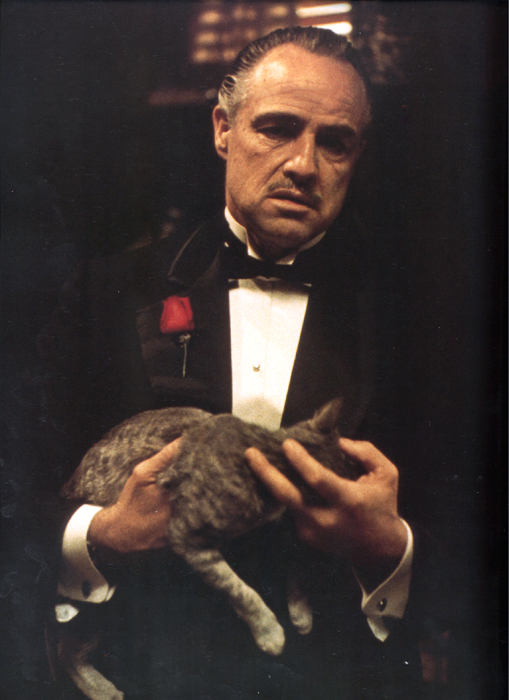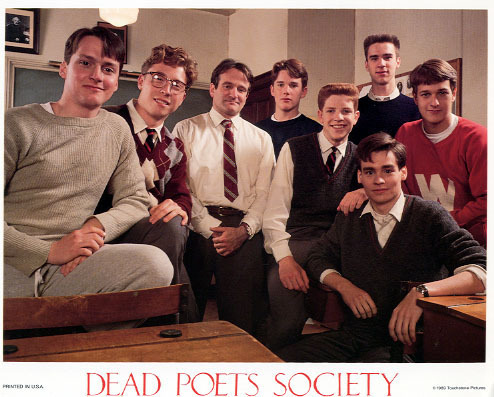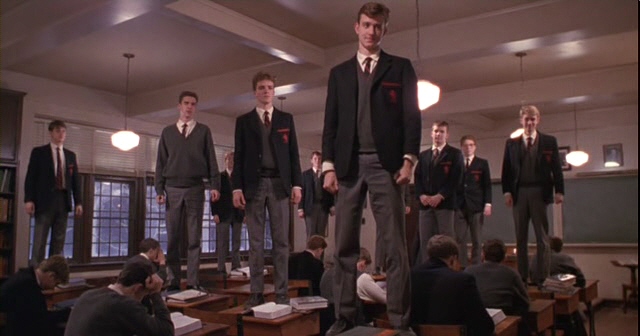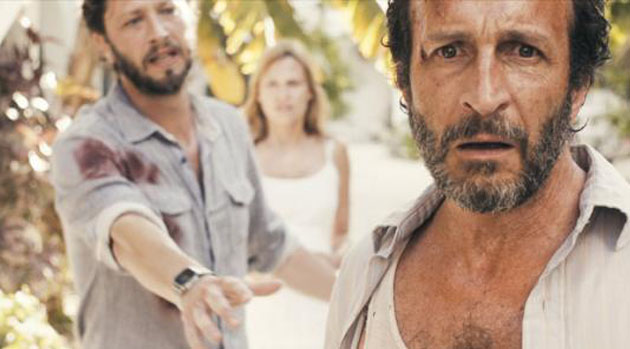 |
| The hills are alive with creepiness |
The film opens in typical fairy tale fashion with a narrator transporting the audience to a magical world in which each
holiday has its own unique universe. The narrator then introduces the audience
to Halloween Town and its host of ghoulish inhabitants as they celebrate their annual Halloween spectacular. At the helm of the
festivities is the “Pumpkin King”, skeleton Jack Skellington (Chris Sarandon).
Despite being the town’s undisputed master of fright, Jack is a sensitive and
creative soul in desperate need of understanding. While the town’s residents
see his enviable success and categorize him as someone “who has it all”, Jack
is actually in the midst of an existential crisis. Although he is aware of and
grateful for his success, he finds himself unable to gain any satisfaction in
his life and finds himself becoming increasingly apathetic. Fellow outsider
Sally (Catherine O’Hara), a Bride of Frankenstein-esque rag doll, understands
Jack’s isolation but is unable to overcome her crippling shyness in order to
reach him.
After going through the motions as head of the
Halloween festival, Jack goes for a long walk in hopes of clearing his mind, and
stumbles onto Christmas Town. For him, Christmas Town represents all of the
excitement and wonder that is sorely lacking in his own life. He becomes
determined to take the magic of Christmas and bring it to his fellow Halloween
Towners. Unfortunately, the locals are unable to grasp the concept of Christmas,
and can only view it through their Halloween influenced perspective.
Frustrated, Jack sets out to discover the true meaning of Christmas and bring
it to his town. Of course, like the other Halloween Towners, Jack’s world view
is influenced by his Halloween experiences, which causes him to misconstrue the rituals
and traditions of Christmas, including the role of Santa Claus (Edward Ivory). Because
of his own indifference towards Halloween, Jack assumes that Santa must be
equally tired of managing Christmas and in need of a vacation from his holiday
duties. He then enlists the help of juvenile delinquents Lock, Shock, and Barrel to
bring Santa to meet with him so that they can arrange to switch holidays.
This leads to the kidnapping of Santa Claus and his eventual imprisonment in
the lair of homicidal gambler Oogie Boogie (Ken Page). When Jack’s Christmas
goes horribly awry, it is up to him and Sally to rescue Santa and save
Christmas.
In the twenty years since its release, The Nightmare Before Christmas has
become a fan favorite amongst both children and adults. One of the key reasons
behind the film’s popularity is its universal theme of being true to yourself
regardless of the consequences. While the importance of remaining true to
yourself is often repeated to children in conventional tales, the film’s use of
truly unique characters ensures that the message rings true. “Be true
to yourself” is not a convincing argument to most children when it is coming
from a perfectly proportioned Disney princess whom children cannot imagine ever
felt like outsiders. This same message is far more relatable when delivered by
a diverse group of well meaning, but misunderstood creatures. As a result,
children can easily relate to and identify with the film’s characters and are
more likely to take the film’s central lesson to heart.
 |
| One of these things is not like the other... |
The film also serves as a reminder to adults to keep
their sense of childhood wonder and passion alive. Jack’s greatest obstacle in
the film is not Oogie Boogie as the plot would suggest, but is actually his own
set of personal demons. After spending countless years conjuring the same
scares and pursuing the same goal, he begins to question the meaning and value
of his life. This existential crisis mirrors the same dilemma that adults often
face when confronted with life’s disappointments. Like Jack, many people find themselves wishing that they could live someone else's more exciting and satisfying life. Although we need variety and new experiences to grow as people, it is even more crucial that we learn to see the beauty and excitement in our own lives. The film demonstrates this fact when Jack saves the day by embracing his Pumpkin King persona. At the film’s finish, he realizes that
he does have a worthwhile life and resolves to make next year the ‘best
Halloween ever’, proving that he has finally learned the importance of
appreciating what he has.
The film also uses its unique tale to reach out to
those suffering from depression. At the start of the film, Jack’s behavior and
thought processes are those of a text book case of depression. The culmination
of his symptoms causes him to feel isolated and unable to find any enjoyment in activities he once loved. To those
suffering from depression, this is an all too familiar state of mind, which
requires a great deal of effort and help to work through. Because the film is
directed towards children, it explores the issues surrounding depression
without coming across as preachy or alienating viewers through ‘after school
special’ style theatrics. The film’s kid friendly happy ending also shows that
there is always hope for a better tomorrow even if it doesn’t feel that way
today. For children who grew up with the film and faced depression in their
adolescence and adulthood, the film is a friendly reminder that they are not
alone and that having depression, or any other mental illness, does not make
them less of a person.
Its combination of an intelligent script, awe inspiring
visuals, and a sincere message makes The
Nightmare Before Christmas a true family classic. The film is equally
entertaining for both children, who will be struck by the catchy songs and
unique character design, and adults, who will appreciate the films’ use of internal conflict
and darker themes. This film shows just how innovative and inspiring family
entertainment can be when in the right hands. So kick off your Halloween season
with Jack and Sally, I assure you it will be all treat.
 |
| Inspiring Goth girls everywhere |


















